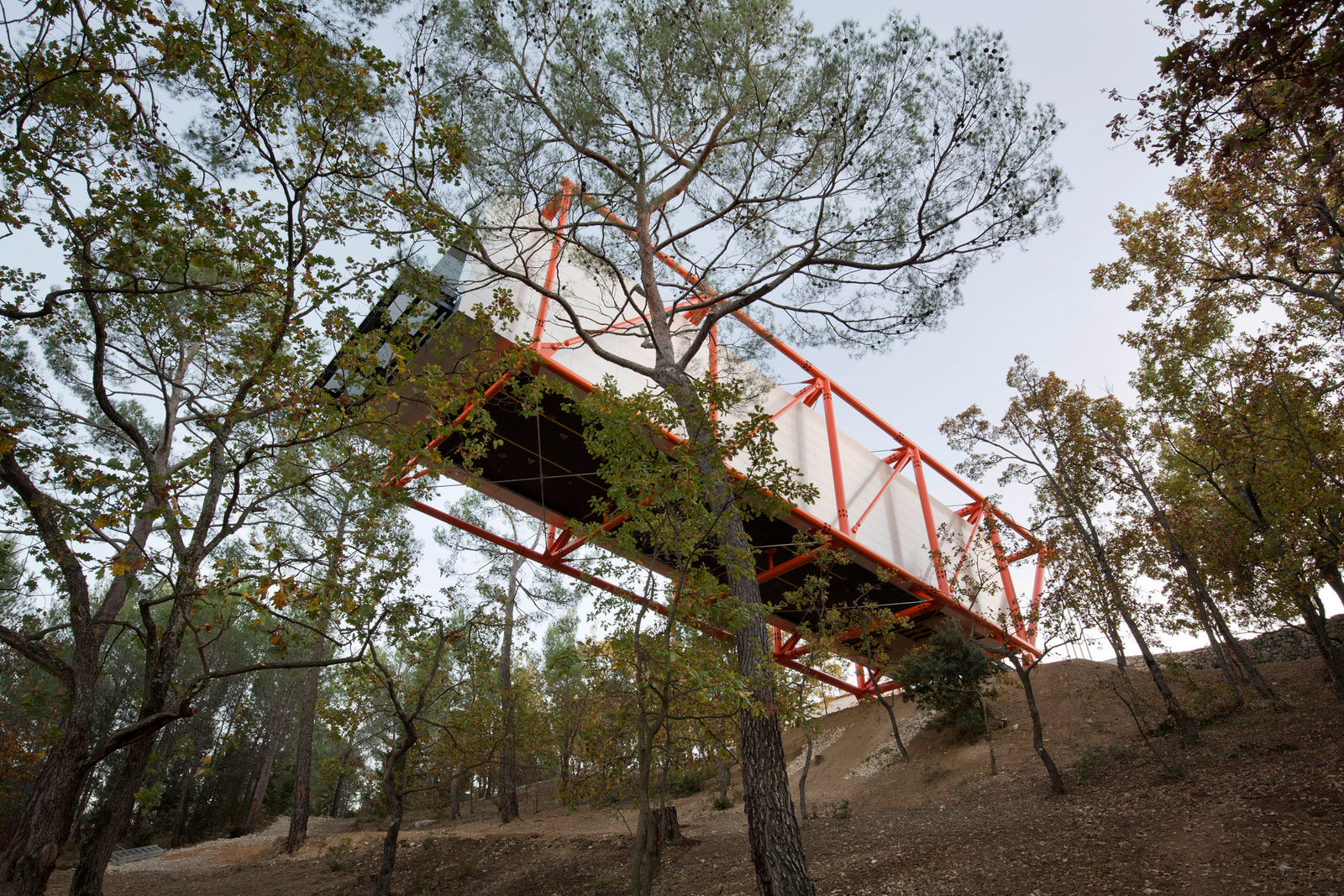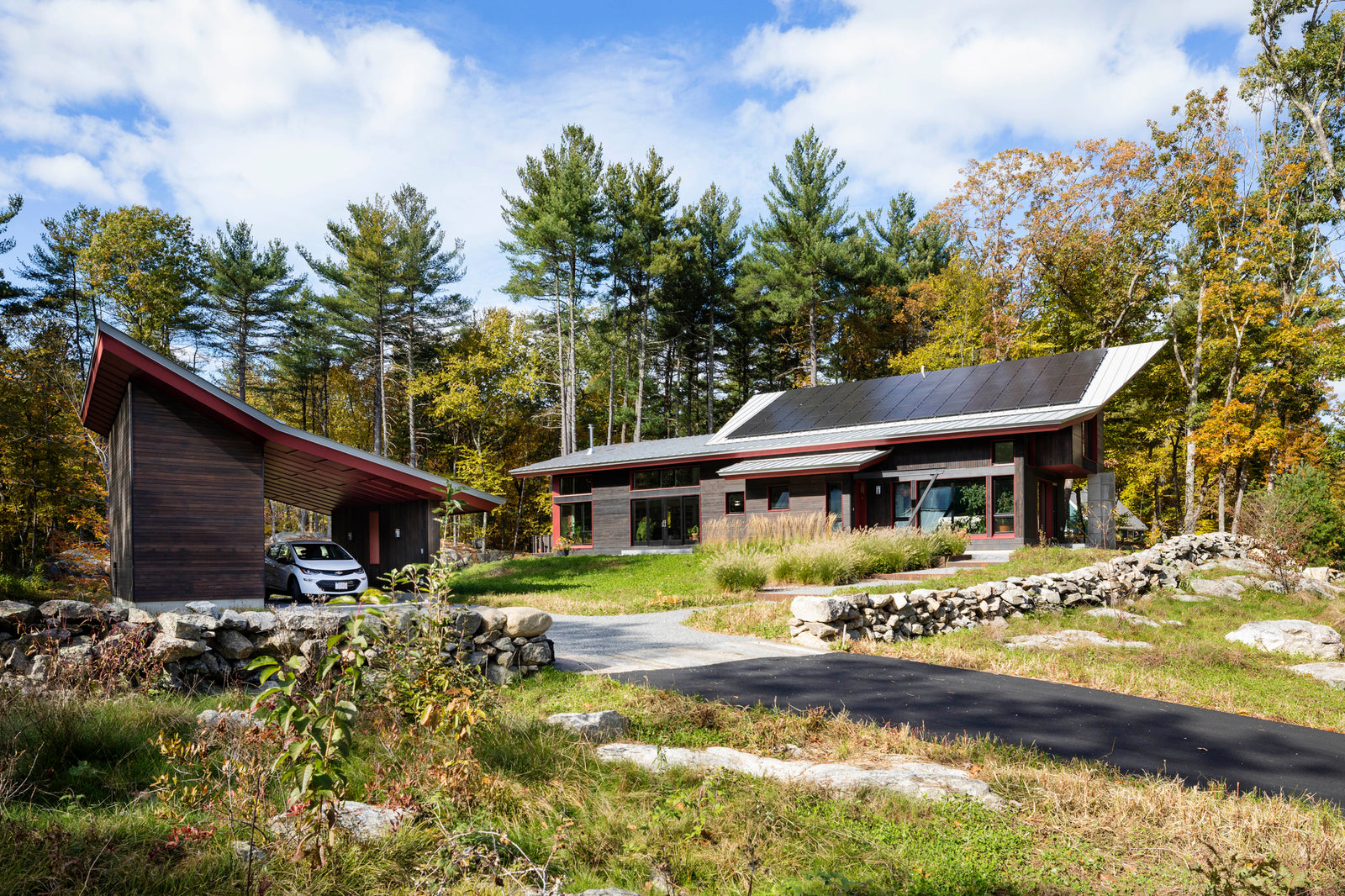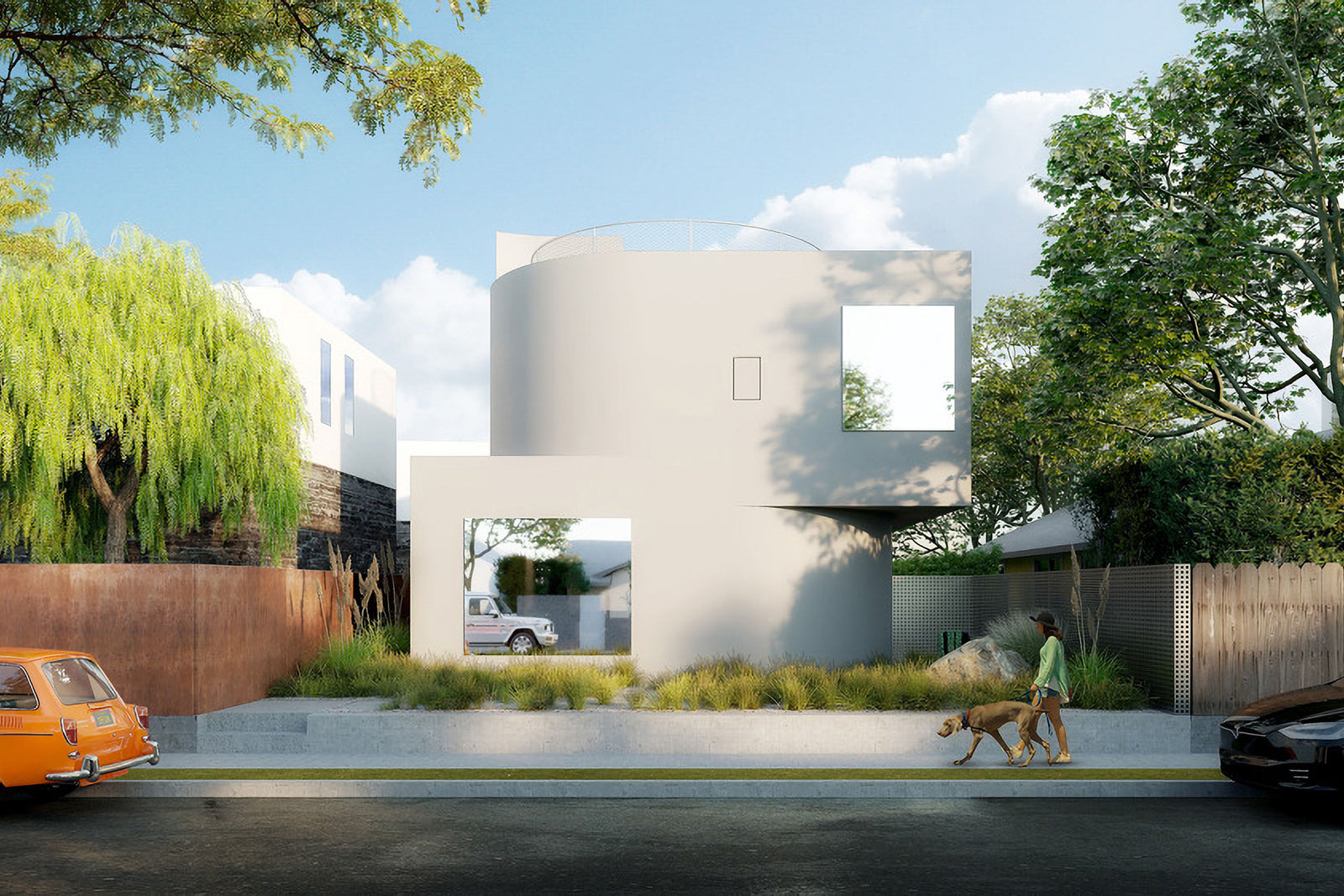Your Cart is Empty
- Decor
- Kitchen
- Tabletop & Bar
- Lifestyle
- Inspiration

Rogers Stirk Harbour + Partners (RSHP) and Château La Coste are thrilled to share the completion of Richard Rogers' final work began before to his retirement in June 2020. Château La Coste, a 500-acre location of great natural beauty, is an internationally famous art and architecture attraction.

The Richard Rogers Drawing Gallery, located in Château La Coste's vineyard, is a 120 m² gallery space that cantilevers off a hillside among trees over a historic Roman route, overlooking the old ruin of La Quille and the Luberon National Park. It joins the Architectural & Art Walk at Château La Coste, which includes pavilions by prominent architects such as Renzo Piano, Tadao Ando, and Jean Nouvel.


Richard was encouraged to pick a location in the environment that appealed to him and was given the flexibility to create a gallery that would live there in 2011. Because of the distant and peculiar location, a custom design and manufacturing were necessary. The structure cantilevers out 27 meters to a position 18 meters above the severely forested site, designed to have the least amount of impact on the environment and its ecosystem. Its subtle connections and expressive parts support the light extruded gallery, which is covered in a naturally polished satin steel that delicately mirrors the surrounding landscape.


As the structure floats forth into mid-air, the exterior orange steel beams taper. Where the structure contacts the earth, it does so gently, belying the strong engineering beneath the ground that supports the structure from only one end. The structure, which is industrial in character yet has delicate handcrafted elements, is a sculpture in this setting.


You leave the historic Roman track's firm land and cross a lightweight bridge to the cantilevering gallery. Walking through the support structure, the visitor feels as though he or she is practically flying. The single rectangular room of the gallery frames a view of the environment through the 5x4m aperture at its farthest end, beyond which stretches a terrace, over which the eaves softly protrude out, buffering the light between within and out.


The physics of the structure, with its cantilevering design and the region's seismic activity, need bridge-type engineering and construction procedures. The structure and its materials have to be adaptable. The cables that root the construction at the entry contract and expand, even in response to the shifting temperatures of the local climate. The gallery floor is made of poured resin and bends in sync with the framework.












Photographs by James Reeve and Stéphane Aboudaram | WE ARE CONTENT(S).



The Radius House is the young firm's first residential project, which was finished in the early weeks of 2022.